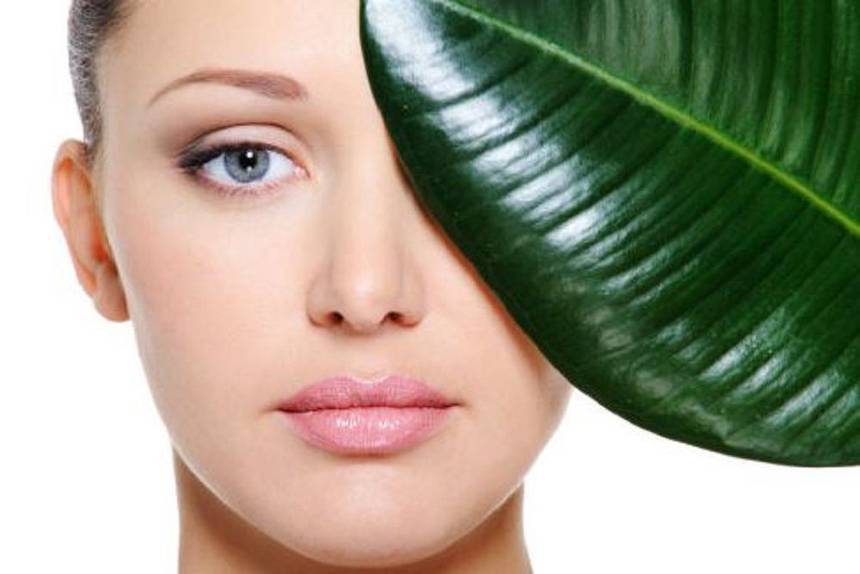Why is exfoliation so essential?
You’ve probably heard or read about the importance of including exfoliating in your skincare regime. But do you know why? And do you know there are different methods to suit different skin types? Everybody’s skin is different, so we’ve delved into the details to fully-explore exfoliation. Keep reading to find what will work best for you.
Our skin is made up of many layers. But, unlike an onion, we can’t just peel off a layer to reveal an unblemished, perfect appearance every few days. In saying that, our skin is pretty amazing; about every 30 days it naturally sheds and regenerates all its layers. This cell turnover produces fresh skin that, if cared for properly, can have a radiant and glowing appearance. But some of these old skin cells are a bit stubborn and don’t always fall away; they require a little help to move on. If these dead skin cells aren’t removed, they can cause numerous issues (usually of the spotty kind).
Regular exfoliation provides the following benefits:
- - Preps your skin for the best absorption of moisturisers and serums
- - Helps unclog pores to reduce the chance of break-outs and acne
- - Improves skin elasticity by stimulating collagen production
- - Helps reduce the appearance of pores and scars in the top layers of skin
- - Can fade age spots by removing skin cells containing excess pigmentation
- - Assists your skin in balancing sebum production by unclogging pores
- - Can reduce the appearance of wrinkles and fine lines
There are many exfoliating options available on the market and most of these fall into the category of either chemical or mechanical. The benefits vary depending on your skin type, so let’s have a closer look:
Mechanical (physical) exfoliants
As the name suggests, this means using a product that contains an abrasive ingredient to physically scrub away dead skin cells. Some products contain different types of active ingredients to do the job. Plastic microbeads were popular for a while, until they started appearing in oceans and lakes. Governments in many countries (including New Zealand) have banned products containing microbeads to protect the environment.
Fortunately, there are other options that are not harmful to the environment. However,you need to keep an eye on granule size. Some products made up of tiny seeds, pumice and magnesium oxide crystals have large granules that are too abrasive and cause harm to your skin. Other products can have an uneven surface and shape that can damage skin. A great solution for physical exfoliation is our Bamboo Bead Face Scrub, which contains small, evenly-sized granules that won’t damage your skin.
Chemical exfoliants
Chemical exfoliants react with the skin to remove dead skin cells to your face. They also remove built-up oil and grime without physical scrubbing. There are three chemical exfoliants often found in skincare products that you may have already heard of:
- - Alpha Hydroxy Acids (AHAs) are a family of water-soluble acids derived from natural sources, such as fruit.
- - Glycolic and lactic acids are the most commonly used in skincare products; they’re also used in light chemical peels.
- - Beta Hydroxy Acid (BHA) might be known to you by another name - salicylic acid. This acid is oil-soluble and is able to penetrate deeper into your skin to target excess sebum and bacteria that cause blemishes.
If acid-based chemical exfoliants make you itchy and red, a gentler and safe option is choosing a product with enzymes. Derived from natural sources like fruit, these work by breaking down the keratin protein found in the dead skin cells on your skin, resulting in smoother skin.
How often should you exfoliate?
If you’re not already exfoliating, you might be seriously considering introducing it now. Exfoliation is a habit you should introduce gradually, because you need to see how your skin reacts. Too much exfoliation too often can cause inflammation and irritation.
Find a gentle exfoliant to use once or twice a week and don’t expect to see results immediately. It takes about a month for the full benefits to show. If your skin seems to like exfoliation, increase frequency to three times a week.
Always rinse your exfoliator off thoroughly and follow with toning and moisturising. Many experts say the very best time to use an exfoliator is in the evening, because it prepares the way for better absorption of the nutrients in your night cream. However, exfoliating in the morning smooths the way to better-looking makeup. We’ll leave you to decide between exfoliating in the morning or at night; the main thing is to do it!




Leave a comment
This site is protected by hCaptcha and the hCaptcha Privacy Policy and Terms of Service apply.